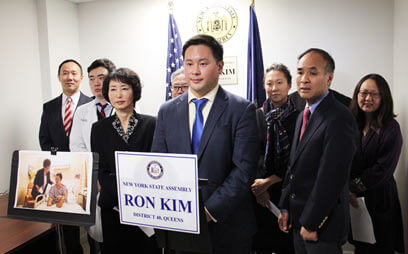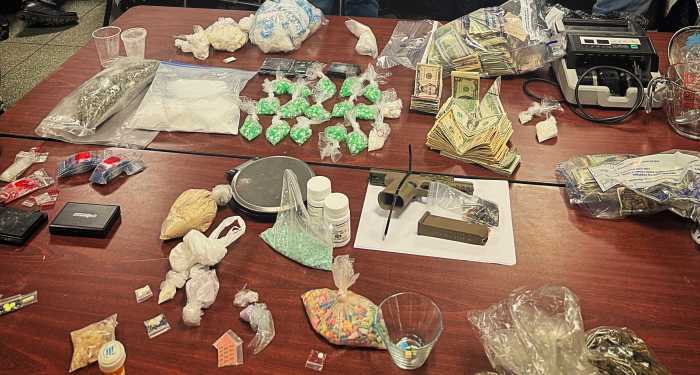By Alex Robinson
State Assemblyman Ron Kim (D-Flushing) joined Asian-American health professionals last week to warn residents of the dangers of the inappropriate use of intravenous fluids in the Asian community.
There is a prevailing belief in some Asian cultures that IV solutions cure aches, pains and illness and as a result they are commonly asked for in Chinese and Korean hospitals, said Dr. Jason Song, a cardiologist at North Shore University Hospital.
“When they come here and are unaware of the level of care they can access, they simply demand the same type of treatment or expect that that is the most they can get,” Song said.
This is problematic as many immigrants substitute actual medical care with intravenous injections at private clinics and the misuse of these injections can heighten risks of infection and serious health problems, Song said.
Intravenous solutions are typically used in hospitals on patients who are unable to hydrate themselves. Song said the solution patients receive in private clinics is typically water with some electrolytes and is similar to Gatorade.
“In terms of what the patients feel, there’s probably a large placebo effect. They think they’re getting something. They see something happening, so they assume they should get better and feel better,” Song said. “When patients are fatigued from working a long day, and they simply get to relax in a chair for one or two hours, that just makes them feel better. And they’re attributing that to the solution.”
The injection of intravenous solutions to cure maladies has become so prevalent in China that the country’s health officials have been urging the population to stop using them, according to the World Health Organization.
In 2009, China consumed 10.4 billion bottles of intravenous fluid, equivalent to eight bottles per capita, according to the country’s National Development and Reform Commission, the body in charge of China’s health reform. The international average that year was 2.5 to 3.3 bottles per inhabitant, the World Health Organization said.
Kim announced a three-step effort to deal with the mishandling of intravenous solutions in Flushing. This plan includes educating residents via mail and a door-to-door campaign, working with community groups to raise awareness and trying to find a legislative solution to the problem.
The assemblyman cited a recent news story about a woman who had been treated with an intravenous solution at a private clinic in Flushing to help with fatigue and then had her limbs amputated due to infection.
“We can’t prove that this caused the amputation, but what we can prove is this person had symptoms that led to amputation and if they went to a quality doctor instead of putting a drip in their vein, they could have identified the problem and guided them in the right direction to fix what was wrong with her,” Kim said. “But with these short-cut IV solutions, it doesn’t matter what symptoms you have. They think that putting a needle in your vein will fix everything.”
Reach reporter Alex Robinson by e-mail at arobinson@cnglocal.com or by phone at 718-260-4566.


































